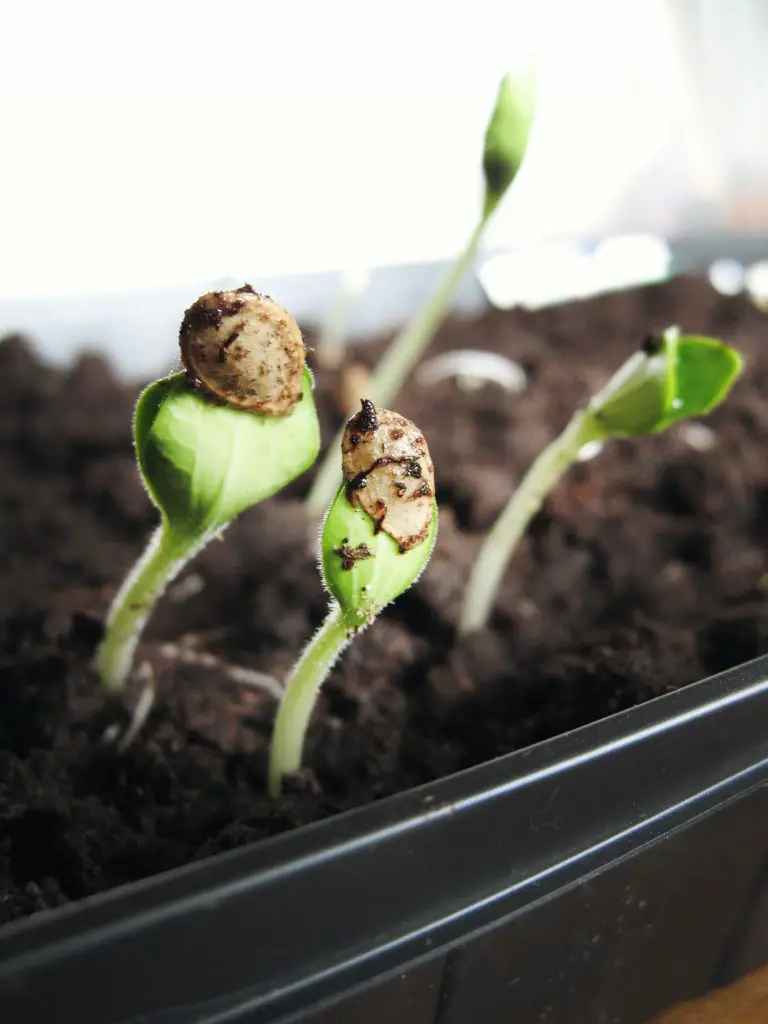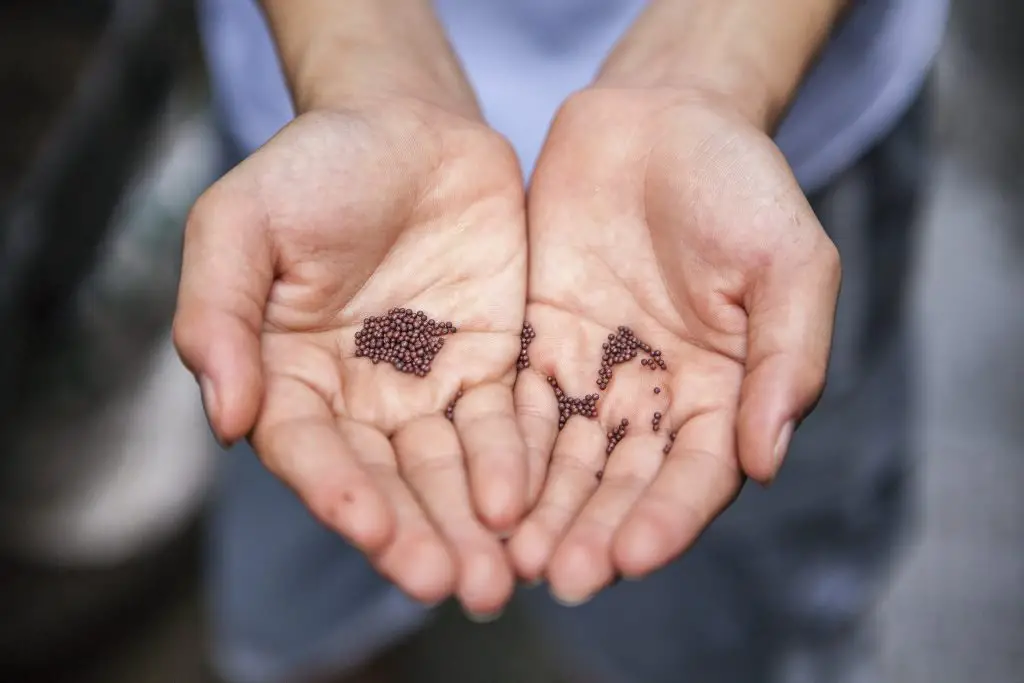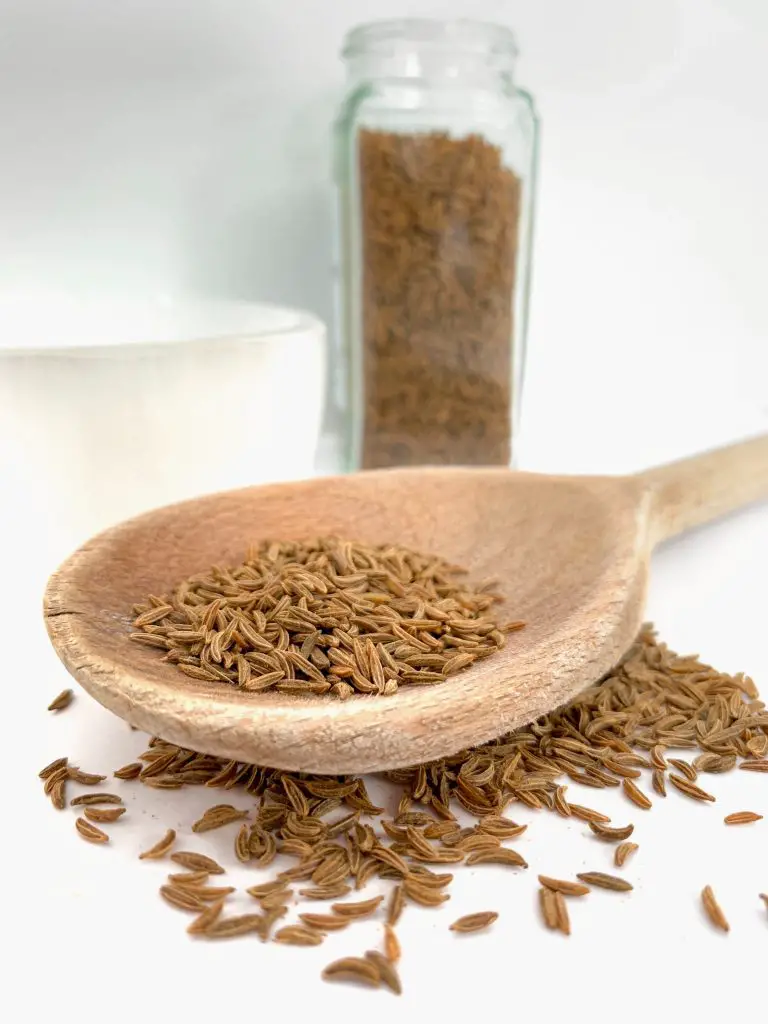What Are The Advantages Of Hybrid Seeds? There has been a lot written about Hybrid Seeds Vs Open Pollinated (or heirloom) seeds. Traditionalists don’t like them and they have an obvious disadvantage for the home gardener which is the seeds from the hybrid plants cannot be collected year on year. So why use Hybrid Seeds, what are the advantages?
Hybrid seeds are used widely by commercial farmers to produce crops because they have improved characteristics from a commercial perspective. These characteristics can include increased yield, more consistent size, color, shape, and some varieties are designed to store for longer periods. They are designed to improve profitability for the farmer however taste in most cases a secondary consideration.
Many of the common featured of Hybrid and Non Hybrid seeds are provided in the table below for reference.
| Hybrid Seeds | Non-Hybrid Seeds |
| Hybrids cost up to five times more because they take longer to develop and are more trouble to produce. | Non-Hybrid Seeds are cheaper to produce |
| Hybrid seeds need to purchased every year | Seeds can be saved for the following year |
| Hybrids often have a higher yield and produce more uniform crops | Non Hybrid varieties will sometimes produce odd shaped fruit with blemishes |
| Some Hybrids crop over a shorter period of time which suits mass harvesting | Non Hybrids in many cases will be less vigorous and will tend to produce crops over a longer period. |
| Hybrids are often inferior for flavor | Non Hybrid varieties have superior flavor but sometimes have a shorter shelf life |

How Do Hybrid Seeds Differ From Open Pollination, Heirloom, and GMO Seeds?
Hybrid seeds sometimes referred to as “F1 Hybrid” is a cross between two different varieties that is designed to generate specific traits within the plants. One well-known example of this is the use of Hybrids to produce Sweet Corn that remains Sweeter for longer after being picked.
Once the cross-pollinated occurs the seed is collected from the current season’s crop. These seeds, known as first-generation seeds or F1 for short, are planted the following season to produce a crop with the desired characteristics.
The new crop produced often benefits from a phenomenon known as Hybrid vigor which results in improved yield because mother nature wants to optimize the potential for the new genetic variant to survive.
The key disadvantage of this technique is that subsequent generations do not benefit from Hybrid vigor and only around 5% of seeds in the next generation will exhibit the same characteristics as the F1 seed. This means that any seed collected from the plants is most likely to produce a plant with significantly different characteristics.
Open Pollination and Heirloom Seeds
Open Pollinated varieties that are pollinated naturally in the environment most commonly by insects and birds. However, because these varieties are more genetically stable than Hybrids they will produce seed that is ‘true to type’. ie the subsequent generation of seeds will produce plants with similar characteristics to the parent plant allowing it to be saved year on year.

However, it is important to recognize that even in Open Pollinated varieties genes do change from generation to generation but these changes are much smaller resulting in a much slower rate of change. Generally, these changes are not detected by the gardener.
Some Open Pollination varieties are referred to as Heirloom seeds which generally have a relatively loose definition. Heirloom varieties refer to older varieties that in many cases have been passed down from generation to generation. Most people refer to Heirloom varieties as ones that have been in existence for 50 to 100 years. The most common cut off point is the end of the second world war.
The obvious question at this point how do you get a variety that is considered an Open Pollinated variety but not an heirloom. The answer to this is that new varieties can be created through hybridization and stabilized through successive generations of breeding. Overtime a Hybrid can be converted to an Open Pollinated variety.
Genetical Modified Seeds
The development of genetically modified seeds (GMO) is among the most controversial topics within the agricultural industry. The production of GMO seeds differs from Hybrid seeds because gene manipulation occurs within a laboratory where it is possible to incorporate genes from an unrelated species into a plant.
This is not an event that could not occur in nature where hybridization and selective breeding can be considered by some to be simply accelerating what could potentially happen in nature over an extended period of time.
This has created concerns about the unintended consequences which include the creation of environmental weeds and ownership of the gene technology. Protection of the ownership of seed technology has been enforced rigorously by companies such as Monsanto (now Bayer Crop Science) which has effectively ended the traditional practice of seed saving in some regions.

A Comparison Of Hybrid Vs Open-Pollinated Seed Varieties
There are a number of claims made about Hybrids seeds that certain are advantages if you a commercial producer of food. However, if you are a home gardener the extent of some of those benefits is far less tangible and often come with substantial downsides that make the use of Hybrids less appealing.
Additionally, some of the claims made about Hybrids at times is questionable and clearly made on the basis of supporting a business model that has developed over the last 50 to 80 years. One such example is that Hybrids produce a better yield than Open Pollinated varieties.
Improving The Yield By Using Hybrid Seeds
The most dramatic example of increased crop yield as a result of using hybrid seeds can be seen in the average yield of Maize over the last 150 years, see the chart below. Some of this increase in yield can be attributed to other factors such as mechanization of farming equipment and the development of improved crop management techniques, however, the majority of the improvement comes as a result of the improvement in Hybridized Seeds.

However, this chart, which has been drawn from an article by Frank Kutka of Northern Plains Sustainable Agriculture Society Farm Breeding Club, goes on to review the history of Open Pollinated varieties over the same period. This literature review shows that while Hybrids have become the primary way to improve yield, the selection and development of Open Pollination varieties have the capacity to match these yields with enough time and effort.
Several studies cited in the article that were published before 1930 showed substantial improvements in yields were achievable through selective breeding of Open Pollination varieties. One example of this that was highlighted from a paper published in 1915 stated the largest yields of maize on record at the time, 12542 kg/ha which is higher than any of the yield in the graph above.
This article demonstrates that while Hybrids Seeds are used to achieve higher yields it is a myth to say that they necessarily the best pathway to achieve higher yields. However, it is easy to see why this pathway has been chosen from a commercial perspective as it provides an ongoing revenue stream for seed companies.
Additionally, the yield achieved for commercial growers tends to be based on Marketable yield rather than pure overall output. For your average home gardener blemishes here and there on the fruit is not really a concern.
Distribution Of The Yield Over Time
One of the other less well-known disadvantages of using Hybrid seeds for a home gardener is that some Hybrid varieties can reduce the time over which the harvest occurs due to the increased uniformity of seed stock. This is an attractive trait for commercial grows as it allows them to harvest more produce over a shorter period reducing labor costs during the harvest.
An example of this affected can be seen in Clive Blazey’s book, The Australian Vegetable garden, where the Tomato Heirloom variety Tigerella was compared with a Hybrid called Celebrity. In this study, it was observed that Tigerella produced a crop that was relatively evenly spread across 4 months whereas the Hybrid produced 68% of its crop in a single month.
For a home gardener, it is far better to have a smaller volume of crops across a longer harvest period to minimize the size of the glut. The book by Clive Blazey, The Australian Vegetable Garden is an excellent reference book that has a great deal of information on a wide range of vegetables include results from a number of plant trials which is very useful. This book is well worth buying if you are new to gardening and is available on Amazon.

Flavor Of Hybrid Varieties Vs Heirloom Varieties
Another really big reason why people grow their own food at home is the difference in flavor between what is offered at the grocery store and homegrown fruit and vegetables. The improvement in traits for Hybrid in most cases focuses on the things like yield, uniformity, shelf life, and disease resistance with flavor in most cases not really being considered.
One notable exception to this has been Sweet Corn hybrids which have often focused on retaining the Sweetness of corn for longer after it is picked.
The best example of this disparity in taste can be observed in tomatoes. The slicing tomatoes, in particular, sold at the grocery store are a pale imitation of what can be grown at home. A trial, also published in Clive Blazey’s book The Australian Vegetable Garden, carried out a taste test on 29 different varieties that included the commercially grown Hybrids. The worst performer for taste was the variety sold at the local grocery store.
However, to be fair a couple of Hybrid Tomatoes that were also included in the trial performed reasonably well, which indicates that there are some varieties that have good flavor, but this is the exception rather than the rule.
Conclusion
While there is evidence that Hybrid varieties do offer benefits to commercial growers these benefits often do not translate that well to the home gardener. This is largely because things like appearance, uniformity, and shelf life offer little practical benefit to the home garden and are married up with several disadvantages such as cost, flavor, and inability to save seeds year on year.
For me personally, I would recommend sticking with Heirloom varieties even if it does cost you a little on the overall yield. Additionally, home gardeners play an important role in maintaining seed diversity within the community. If you are wanting purchase seeds try Seed for Generations and St Clare Seeds as both companies specialize in Heirloom seeds.
